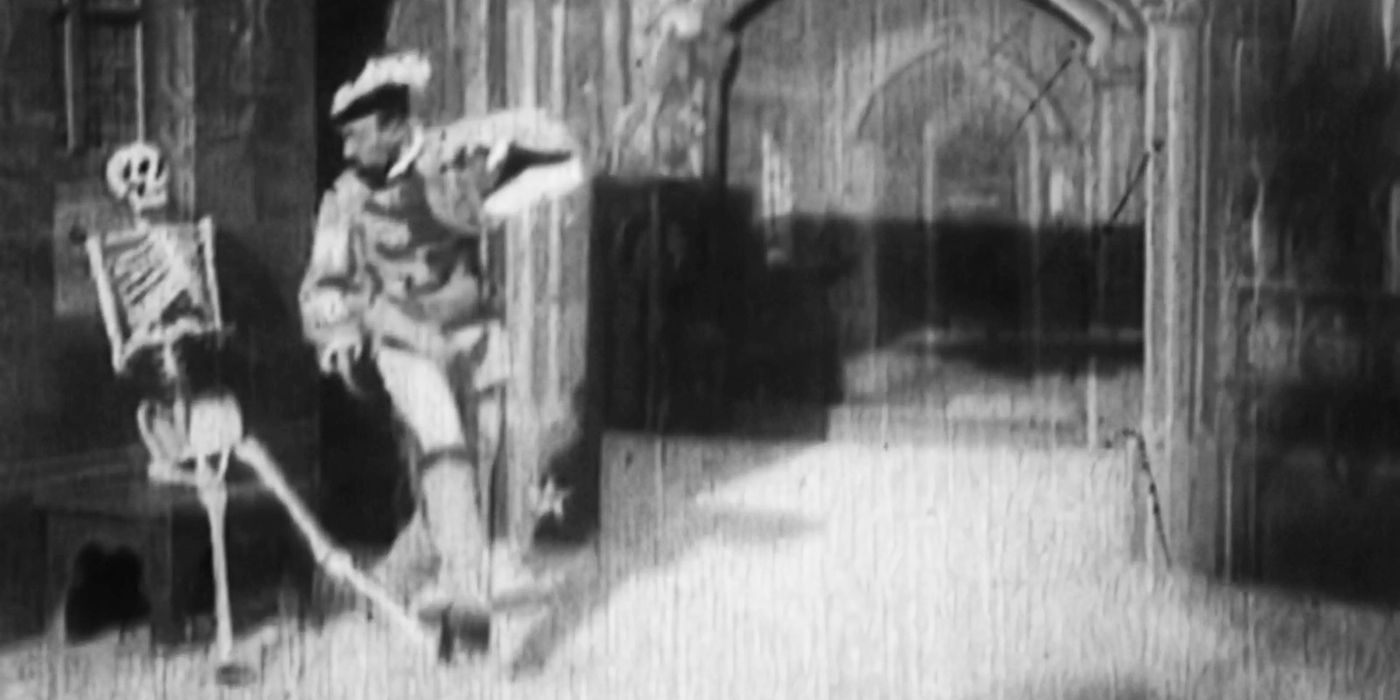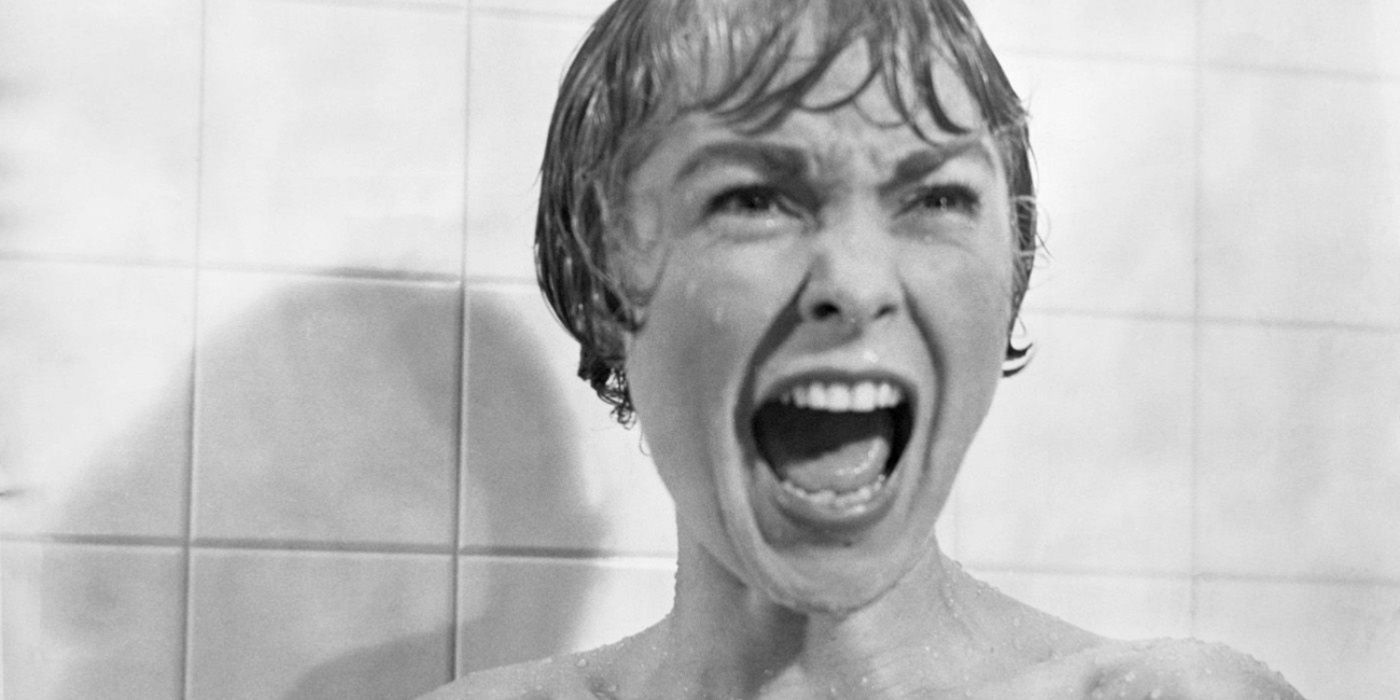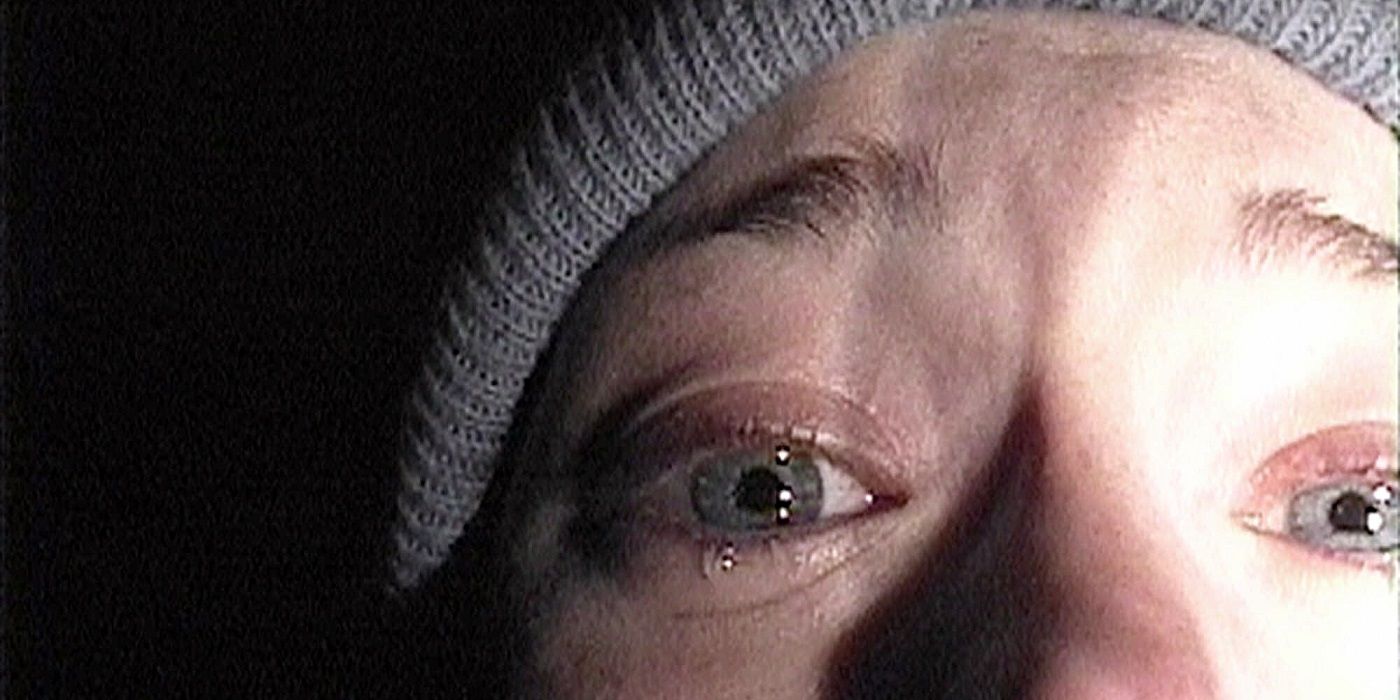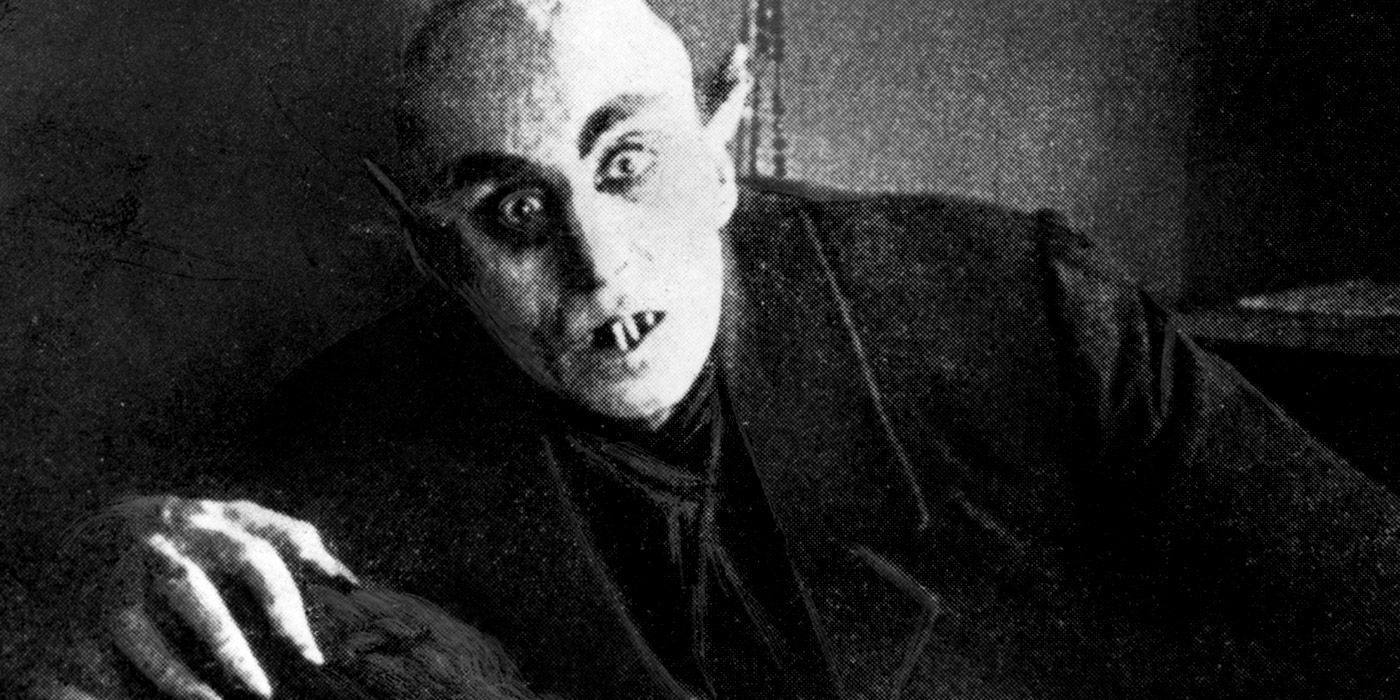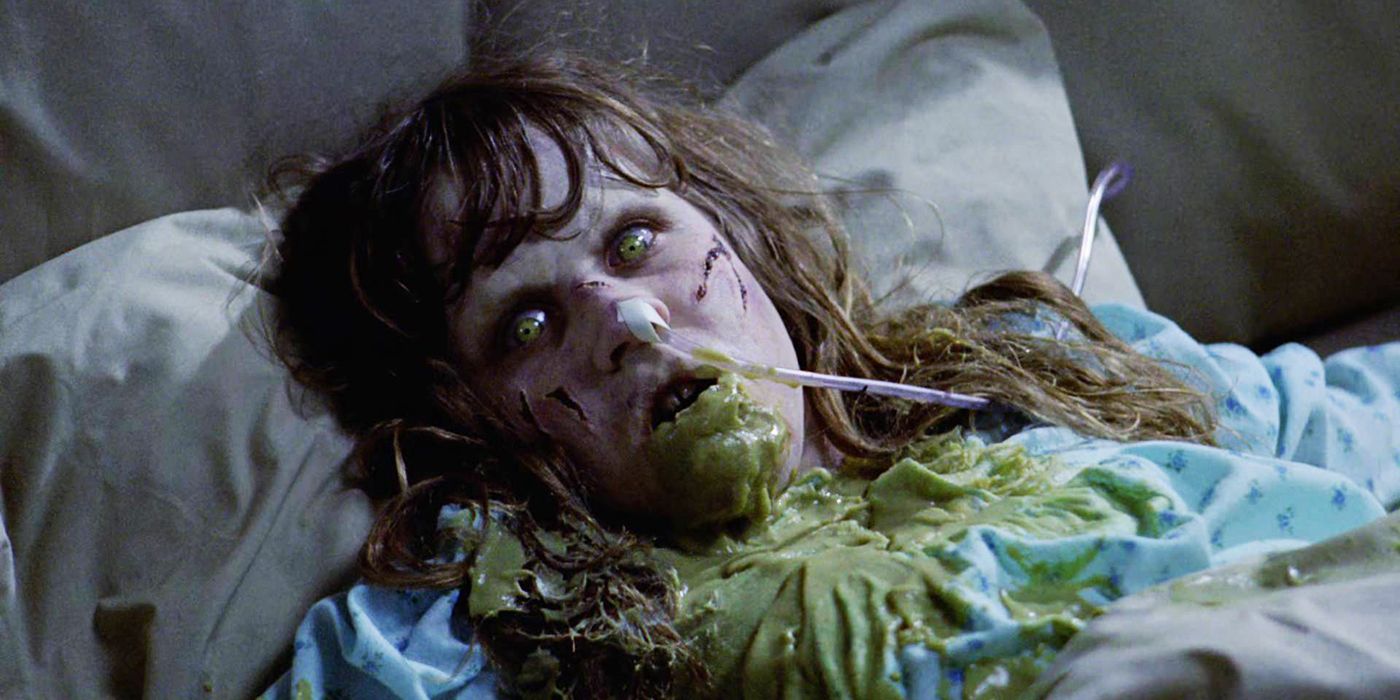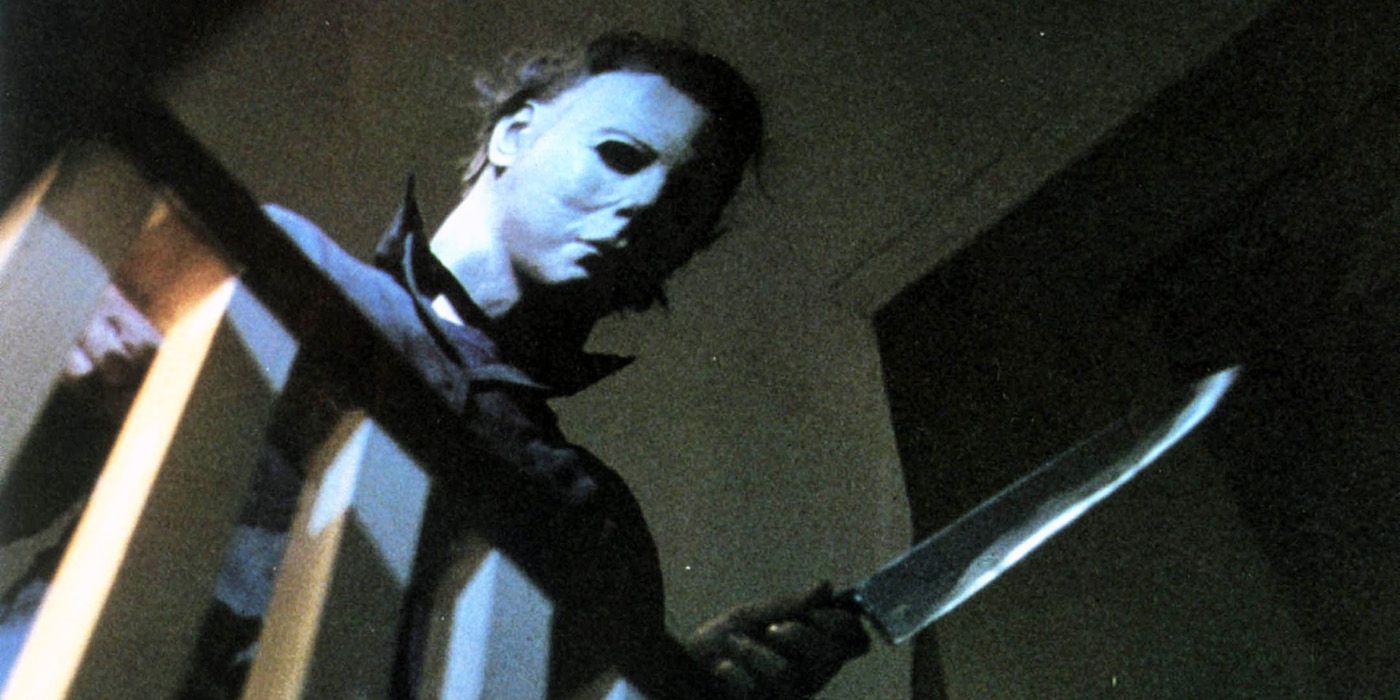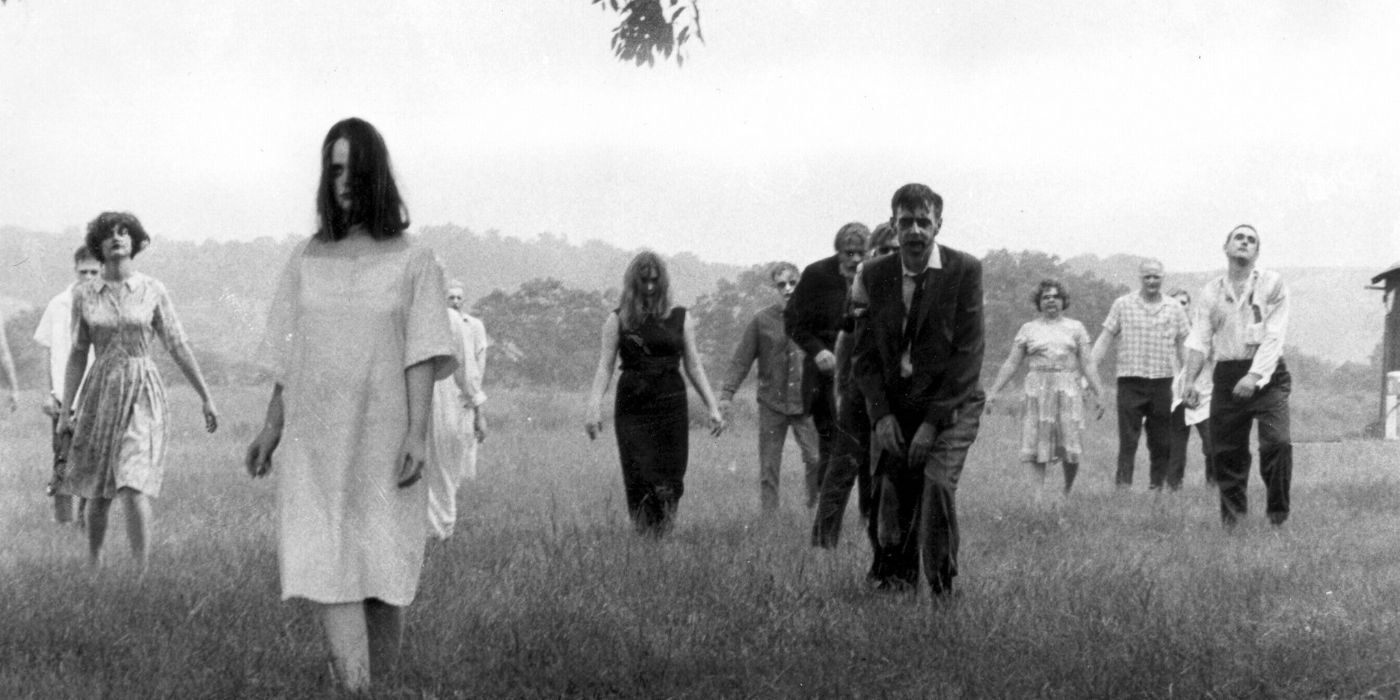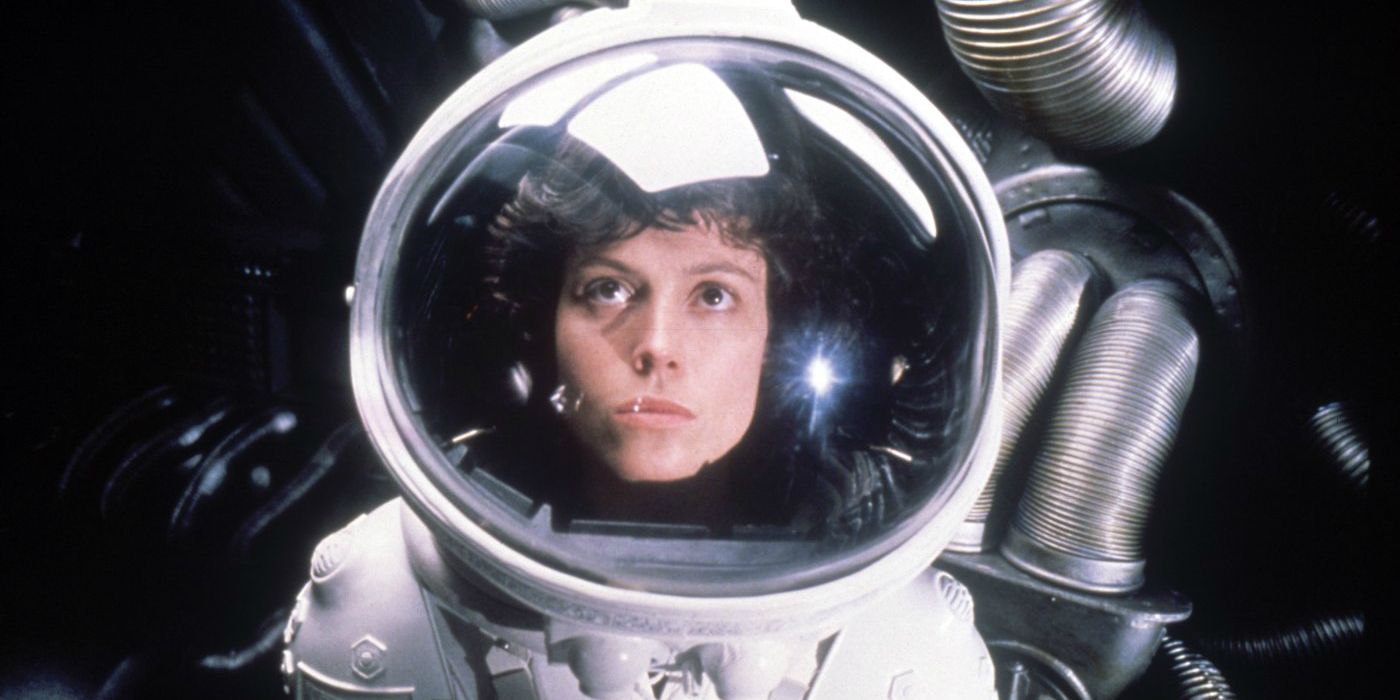
Top 9 Pioneering Horror Films That Redefined the Genre

Dive into the chilling depths of horror cinema with our top 9 list of groundbreaking movies that reshaped the genre's landscape forever.
9. Le Manoir du diable (The House of the Devil) (1896)
Taking the ninth spot is 'Le Manoir du diable' (The House of the Devil), a film that is considered a cornerstone in the foundation of horror cinema. Directed by Georges Mlis, this 1896 cinematic piece is often regarded as the very first horror movie, setting the stage for the genre's future. Although intended to amuse rather than terrify, the film's depiction of an encounter with the Devil has secured its classification as a horror movie. Some historians even hail it as the first vampire film due to a scene where a character transforms into a bat. Once deemed a lost film, a single copy fortunately exists within the New Zealand Film Archive, preserving this piece of horror heritage for future generations.
Le Manoir du Diable 1896
8. Jaws (1975)
At number eight, we submerge into the deep waters of 'Jaws', directed by the masterful Steven Spielberg. This 1975 thriller is more than just a horror film; it's a cultural phenomenon that redefined the summer blockbuster. Steering clear of typical jump scares, 'Jaws' introduced audiences to a new kind of terror, where the unseen shark's presence is felt long before it's seen, thanks to John Williams' suspenseful score. The film's clever pacing and Spielberg's ability to maintain tension throughout the movie created a template for future filmmakers on how to keep audiences on the edge of their seats. Beyond its horror elements, 'Jaws' was a monumental box-office triumph, holding the title of the highest-grossing film for two years and altering the landscape of movie release strategies forever.
Shark eating a boat in Jaws
7. Psycho (1960)
Securing the seventh place is Alfred Hitchcock's 'Psycho', often cited as the progenitor of the slasher genre. The 1960 film broke new ground by presenting a human antagonist who was far more terrifying than any mythical monster of previous horror films. 'Psycho' shattered expectations with its famous shower scene, killing off the main character early on and leaving audiences in shock. The careful craftsmanship of editor George Tomasini contributed to creating what is considered one of the most suspenseful scenes in cinema history. The movie's twist and gender-bending villain reveal paved the way for similar elements in future horror narratives, showcasing Hitchcock's profound influence on the genre.
Janet Leigh screaming in Psycho in the infamous shower scene
6. The Blair Witch Project (1999)
Claiming the sixth spot is 'The Blair Witch Project', directed by Daniel Myrick and Eduardo Snchez. This 1999 film revitalized the found-footage subgenre, offering a fresh and realistic take on horror storytelling. The movie's marketing campaign was revolutionary, selling the narrative as actual events supported by the 'found' footage, thereby blurring the lines between fiction and reality for viewers. The Blair Witch herself is never seen, but the growing tension, paranoia, and fear among the protagonists were palpable, transferring those same emotions to the audience. It's a prime example of how horror can be effectively conveyed through atmosphere and suggestion rather than relying on visual horror.
Heather in The Blair Witch Project
5. Nosferatu (1922)
In fifth place, we have 'Nosferatu', a silent film directed by F.W. Murnau that is considered the first true vampire movie. Released in 1922, it introduced some of the most enduring tropes associated with vampire lore, such as their fatal weakness to sunlight. The film's eerie atmosphere is amplified by Max Schreck's unsettling performance as Count Orlok, which remains an iconic portrayal of vampiric horror to this day. Although it's a product of its time, 'Nosferatu's influence can be felt across the genre, and its status as a horror classic has not diminished. The upcoming remake by Robert Eggers, starring Bill Skarsgrd, is a testament to the film's lasting impact.
Count Orlok from Nosferatu
4. The Exorcist (1973)
Landing at number four is 'The Exorcist', directed by William Friedkin. This film arrived post-Production Code and delved into religious themes that were previously taboo. 'The Exorcist's visual and narrative quality brought newfound legitimacy to horror, attracting well-known actors and larger budgets to the genre. Its disturbing visual effects continue to haunt audiences, earning the film a reputation as one of the scariest horror movies ever made. The movie pushed the boundaries of what could be depicted on screen and has since become a benchmark for horror, demonstrating the power of the genre to explore deep and controversial themes while still providing genuine scares.
Regan with a feeding tube and vomit on her clothes in The Exorcist
3. Halloween (1978)
The third place goes to John Carpenter's 'Halloween', a film that was instrumental in shaping the slasher genre of the 1980s. Released in 1978, 'Halloween' introduced audiences to many of the tropes now standard in slasher films, such as the 'Final Girl' and the perspective of the killer. Michael Myers became an iconic figure in horror, and Carpenter's ability to create tension with minimal bloodshed was a departure from the more graphic horror films of its time. 'Halloween's legacy is evident in the countless slasher films it inspired, and its minimalist approach to horror remains effective to this day.
Michael Myers looking over a balcony holding a knife in Halloween 1978
2. Night of the Living Dead (1968)
At the penultimate spot, George A. Romero's 'Night of the Living Dead' reanimates our list. This 1968 film is credited with giving birth to the modern zombie genre, portraying the undead as reanimated corpses with a hunger for the living, free from the shackles of religious context. The movie's setting in ordinary locales made the horror feel more plausible and immediate. While the visual and makeup effects may seem outdated now, they laid the groundwork for the graphically detailed and grotesque zombies that haunt contemporary cinema and television. The movie also paved the way for the splatter genre, influencing films that would push the boundaries of gore and shock value.
Screencap of zombies walking in a field from Night of the Living Dead.
1. Alien (1979)
Claiming the top spot on our list is Ridley Scott's 'Alien', a masterpiece that seamlessly blended horror with science fiction to create what is widely regarded as the best sci-fi horror film ever made. Released in 1979, 'Alien' offered a harrowing depiction of isolation and terror in the depths of space, with its tension-filled pacing and stunning production design creating the perfect claustrophobic environment aboard the Nostromo. The visual effects, particularly the practical effects used to bring the Xenomorph to life, set a new standard for the genre. Sigourney Weaver's portrayal of Ellen Ripley broke new ground for female leads in horror, presenting a strong, resourceful character fighting for survival in an unforgiving cosmos.
Ellen Ripley (Sigourney Weaver) in an astronaut suit looking up in Alien 1979
